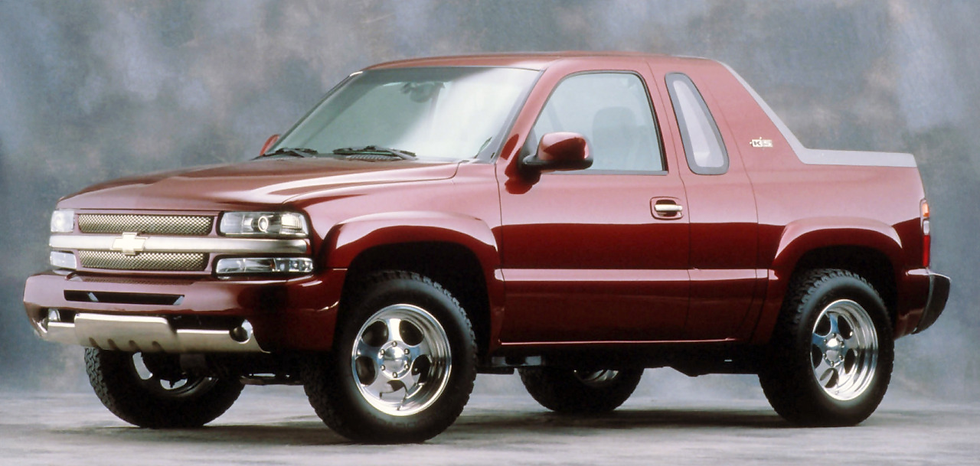2003 Dodge Kahuna Concept
- Story Cars
.png/v1/fill/w_320,h_320/file.jpg)
- Oct 23, 2024
- 2 min read
In 2003, Dodge introduced the Kahuna concept vehicle at the Chicago Auto Show, shaking up the minivan category with its bold, beach-inspired design. This six-passenger vehicle wasn’t just about practicality—it was built to combine fun and functionality, making it a standout among concept cars. Its compact design featured short front and rear overhangs, while its striking Point Break Blue paint was complemented by bird’s eye maple wood accents along the sides, reminiscent of classic "woody" beach cars.
One of the Kahuna’s most unique features was its fully retractable water-resistant fabric roof, which offered open-air driving ideal for beach trips or sunny days. Along with frameless windows that fully retracted into the body, the Kahuna provided a breezy, open experience more common in convertibles than minivans. Inside, the Kahuna's seating was highly flexible, with seven lightweight seats mounted on runners, allowing for customizable seating arrangements. The seats could even be folded down to transform into tables, emphasizing the vehicle's focus on versatility.
Powered by a 2.4-liter turbocharged 4-cylinder engine producing 215 horsepower, the Kahuna came equipped with a 4-speed automatic transmission and front-wheel drive. Its performance was designed for practicality and ease, with the 22-inch wheels adding an adventurous edge. Despite its rugged and ready-for-anything attitude, the Kahuna never moved past the concept stage, which made it a symbol of untapped potential in vehicle design.
The interior design took inspiration from beach culture, with materials that could withstand sand and moisture. Dodge also used an innovative synthetic mat for the car’s flooring, perfect for easy cleaning after a day at the shore. The car’s dashboard echoed the “big wave” theme, with wave-like contours and shades of blue, reinforcing its laid-back, surf-ready personality.
Though it didn’t go into production, the Dodge Kahuna remains a standout in concept car history, showcasing Dodge's willingness to experiment with design. It blended fun, functionality, and a sense of adventure, which appealed to a younger, more adventurous audience. Today, it serves as a reminder of what could have been—a cool, unconventional minivan that made practicality look fun.
































Comments